As the global population continues to grow, agricultural practices face the significant challenge of meeting the increasing demand for food production. Among the various advancements that have transformed the industry, the evolution of seeding machines has revolutionized the way farmers approach crop cultivation. By enhancing precision, efficiency, and overall productivity, seeding machine types have become indispensable tools in modern agriculture. This article delves into the different types of seeding machines, showcasing their features and benefits, thereby providing valuable insights for farmers and agricultural enthusiasts. 1. Conventional Seed Drills: Conventional seed drills, also known as broadcast seeders, have remained a popular choice for decades. These machines utilize a series of tubes or funnels to distribute seeds uniformly across the ground. They are suitable for larger areas and are capable of handling diverse types of seeds, making them versatile and cost-effective. However, due to their method of seed distribution, conventional seed drills often face issues with uneven spacing and depth placement.
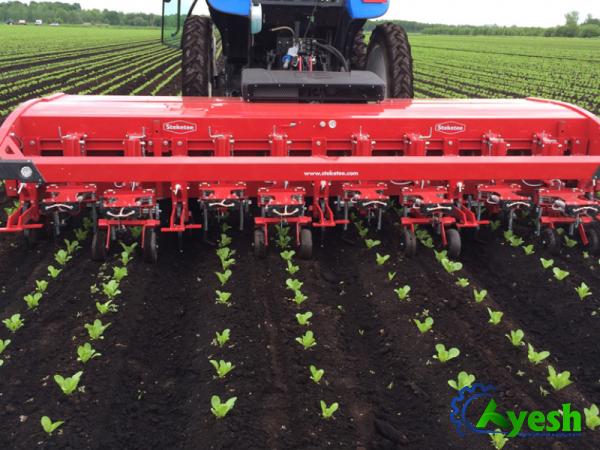
.
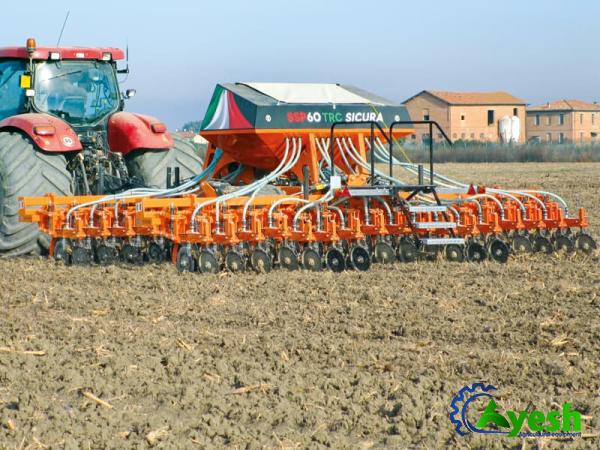 2. Precision Seeders: Driven by technological advancements, precision seeders have emerged as game-changers in the field of agriculture. These machines allow for accurate seed placement, ensuring optimal soil contact and minimizing the competition between plants. Equipped with advanced mechanisms, such as pneumatic seed metering systems and GPS guidance systems, precision seeders enable farmers to achieve precise spacing, depth control, and seed singulation. This results in higher crop yields, reduced input costs, and enhanced overall productivity. 3. No-Till Seeders: In recent years, the adoption of conservation tillage practices has gained significant momentum. No-till seeders are specifically designed to operate in conjunction with these practices, eliminating seedbed preparation altogether.
2. Precision Seeders: Driven by technological advancements, precision seeders have emerged as game-changers in the field of agriculture. These machines allow for accurate seed placement, ensuring optimal soil contact and minimizing the competition between plants. Equipped with advanced mechanisms, such as pneumatic seed metering systems and GPS guidance systems, precision seeders enable farmers to achieve precise spacing, depth control, and seed singulation. This results in higher crop yields, reduced input costs, and enhanced overall productivity. 3. No-Till Seeders: In recent years, the adoption of conservation tillage practices has gained significant momentum. No-till seeders are specifically designed to operate in conjunction with these practices, eliminating seedbed preparation altogether.
..
 These machines work by directly inserting seeds into untilled soil, thereby preserving soil structure, moisture, and organic matter. By minimizing soil erosion and maintaining the soil’s natural fertility, no-till seeders contribute to sustainable agriculture while simultaneously reducing labor-intensive operations. 4. Transplanters: While most seeding machines distribute seeds directly into the soil, transplanters focus on transplanting seedlings instead. Transplanters are primarily used for crops that do not fare well when directly sown as seeds, such as tomatoes, lettuce, and cabbage. These machines facilitate precise spacing and planting depth for the delicate seedlings, ensuring optimal growth and reducing transplant shock. By automating the transplanting process, farmers can significantly improve efficiency and reduce labor costs. 5. Hand Seeders: Hand seeders serve as a practical solution for small-scale farming operations or areas that cannot be accessed by larger machinery.
These machines work by directly inserting seeds into untilled soil, thereby preserving soil structure, moisture, and organic matter. By minimizing soil erosion and maintaining the soil’s natural fertility, no-till seeders contribute to sustainable agriculture while simultaneously reducing labor-intensive operations. 4. Transplanters: While most seeding machines distribute seeds directly into the soil, transplanters focus on transplanting seedlings instead. Transplanters are primarily used for crops that do not fare well when directly sown as seeds, such as tomatoes, lettuce, and cabbage. These machines facilitate precise spacing and planting depth for the delicate seedlings, ensuring optimal growth and reducing transplant shock. By automating the transplanting process, farmers can significantly improve efficiency and reduce labor costs. 5. Hand Seeders: Hand seeders serve as a practical solution for small-scale farming operations or areas that cannot be accessed by larger machinery.
…
 These simple handheld tools allow farmers to manually distribute seeds in a controlled manner. Although less efficient compared to mechanized seeders, hand seeders provide flexibility and affordability, making them ideal for niche applications or gardeners with limited space. They are also environmentally friendly and require minimal maintenance. Conclusion: The wide array of seeding machine types available today offers farmers an extensive range of options to suit their specific needs and preferences. Whether it’s the simplicity of conventional seed drills or the precision of modern precision seeders, each machine serves a unique purpose in promoting efficient and sustainable agriculture. As technology continues to advance, the future holds even more promising developments, ensuring a prosperous and thriving agricultural industry.
These simple handheld tools allow farmers to manually distribute seeds in a controlled manner. Although less efficient compared to mechanized seeders, hand seeders provide flexibility and affordability, making them ideal for niche applications or gardeners with limited space. They are also environmentally friendly and require minimal maintenance. Conclusion: The wide array of seeding machine types available today offers farmers an extensive range of options to suit their specific needs and preferences. Whether it’s the simplicity of conventional seed drills or the precision of modern precision seeders, each machine serves a unique purpose in promoting efficient and sustainable agriculture. As technology continues to advance, the future holds even more promising developments, ensuring a prosperous and thriving agricultural industry.
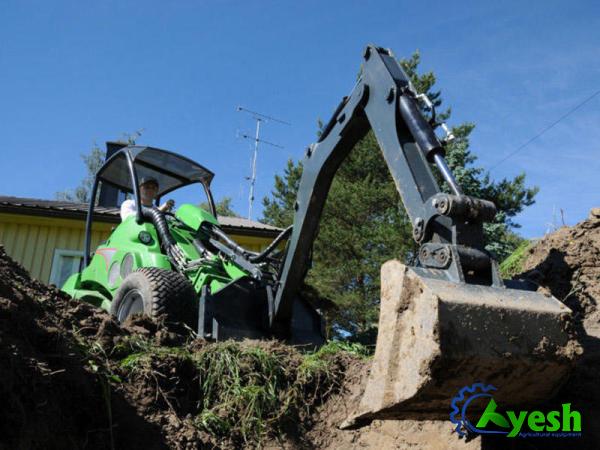
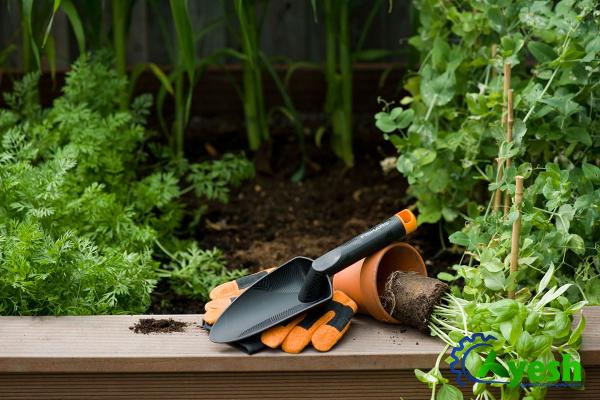
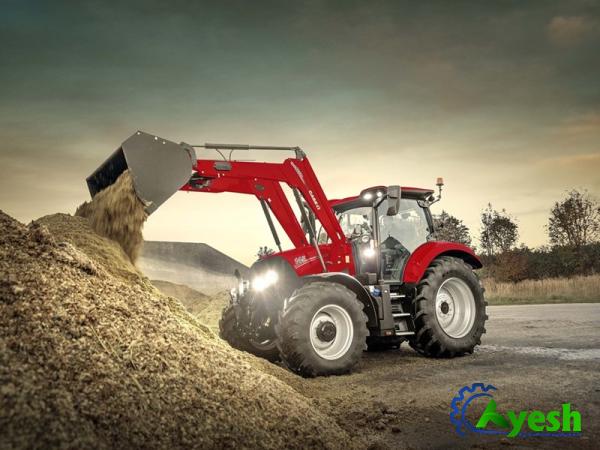

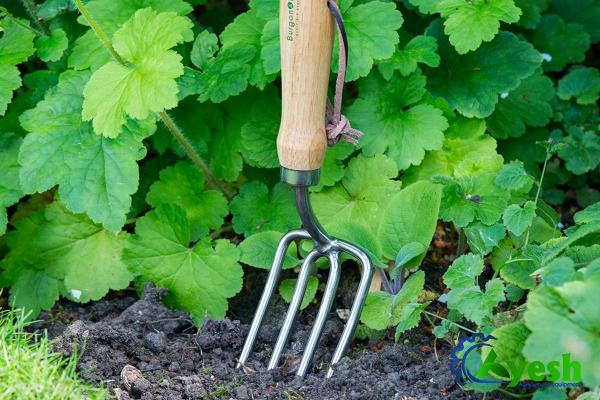

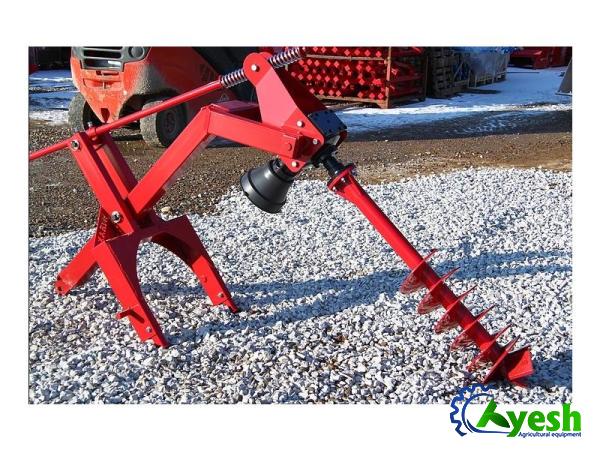



Your comment submitted.